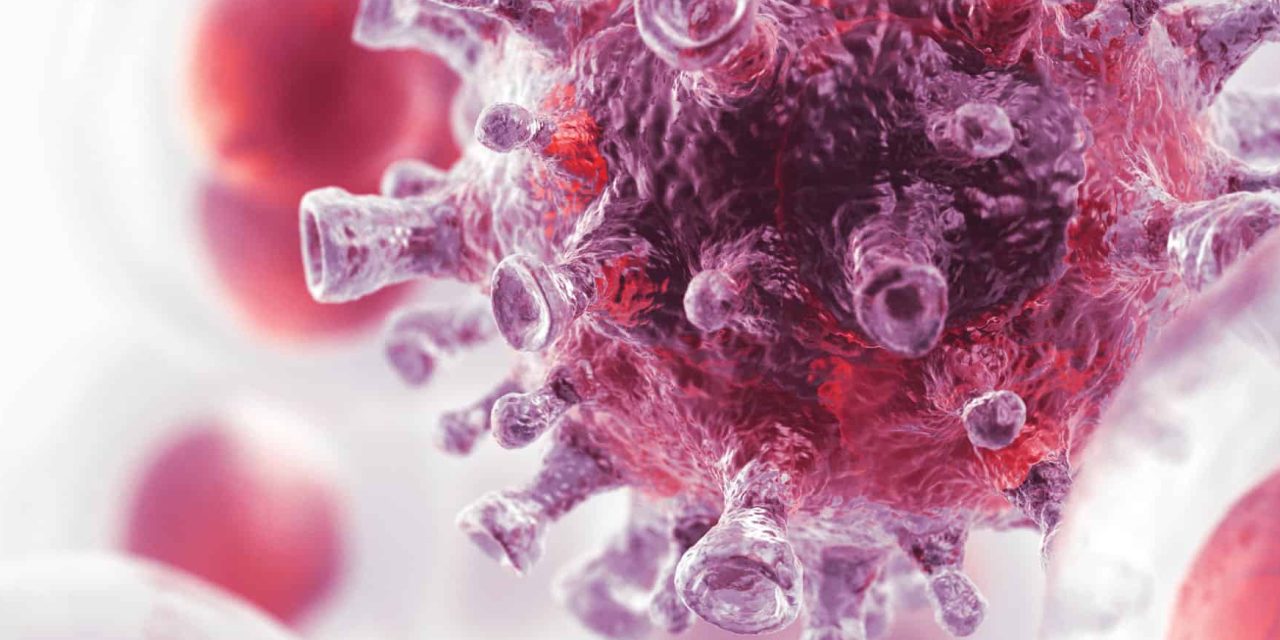High-level disinfection protects tens-of-millions of patients from the transmission of viruses on reusable medical devices. The efficacy of high-level disinfectants for preventing human papillomavirus (HPV) transmission has been called into question by recent publications, which if true, would have significant public health implications.
Evaluation of the clinical relevance of these published findings required the development of novel methods to quantify and compare: (i) Infectious titres of lab-produced, clinically-sourced, and animal-derived papillomaviruses, (ii) The papillomavirus dose responses in the newly developed in vitro and in vivo models, and the kinetics of in vivo disease formation, and (iii) The efficacy of high-level disinfectants in inactivating papillomaviruses in these systems.
Clinical virus titres obtained from cervical lesions were comparable to those obtained from tissue (raft-culture) and in vivo models. A mouse tail infection model showed a clear dose-response for disease formation, that papillomaviruses remain stable and infective on fomite surfaces for at least 8 weeks without squames and up to a year with squames, and that there is a 10-fold drop in virus titre with transfer from a fomite surface to a new infection site. Disinfectants such as ortho-phthalaldehyde and hydrogen peroxide, but not ethanol, were highly effective at inactivating multiple HPV types in vitro and in vivo.
Together with comparable results presented in a companion manuscript from an independent laboratory, this work demonstrates that high-level disinfectants inactivate HPV and highlights the need for standardized and well-controlled methods to assess HPV transmission and disinfection.
Advanced Sterilization Products, UK-MRC (MR/S024409/1 and MC-PC-13050) and Addenbrookes Charitable Trust.
Copyright © 2020 The Authors. Published by Elsevier B.V. All rights reserved.
Dynamics of papillomavirus in vivo disease formation & susceptibility to high-level disinfection-Implications for transmission in clinical settings.


